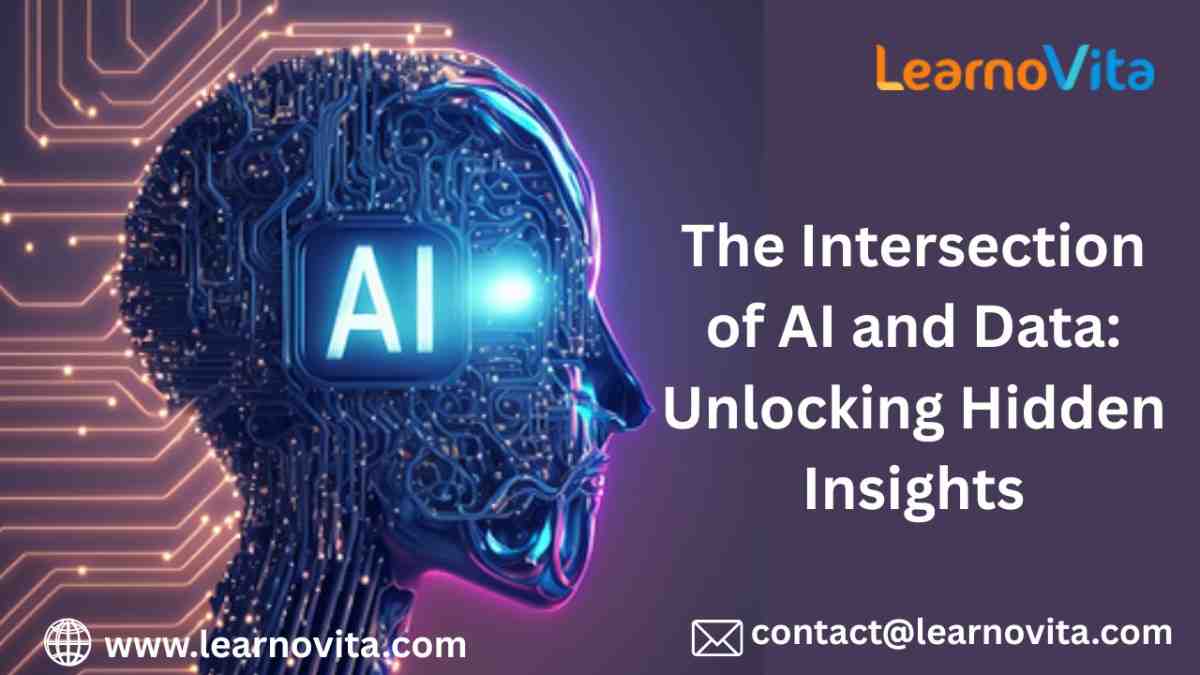

Every modern business generates data at an astonishing pace through sales, customer interactions, connected devices, and digital platforms. Yet, raw data alone rarely tells the full story. To transform information into meaningful knowledge, organizations are increasingly turning to Artificial Intelligence Course in Bangalore (AI). When combined, AI and data uncover insights that were once hidden, driving smarter decisions and fueling innovation.
Traditional analytics provide summaries of the past, but they struggle with the scale and complexity of today’s data streams. AI changes the equation. Using techniques like machine learning, predictive analytics, and natural language processing, AI can analyze vast amounts of structured and unstructured data, identify trends in real time, and even predict future outcomes. For instance, a hospital might use AI to scan patient records and medical imaging to detect early signs of disease. A retailer could forecast demand shifts and adjust supply chains proactively. In both cases, AI brings context and foresight that static data analysis cannot provide. The power of AI lies in its ability to connect different types of data. Structured data, such as financial records, blends with unstructured sources like social media posts, emails, or images. By analyzing them together, AI uncovers insights that would otherwise remain invisible.
Data tells us what happened, but AI helps us understand why and even what might happen next. Traditional analytics can create reports and spot basic trends, but they struggle with the volume and complexity of modern datasets. AI, with tools like machine learning and natural language processing, goes deeper. It identifies subtle patterns, processes information at scale, and offers predictions in real time. Imagine a retailer forecasting seasonal demand or a hospital predicting patient risks before symptoms appear. In both cases, AI brings context and foresight that simple data analysis can’t deliver.
The true strength of AI lies in its ability to merge different types of information into one picture. Structured data such as numbers in a spreadsheet can be combined with unstructured content like reviews, conversations, or images. By analyzing these sources together, AI reveals deeper insights. The partnership between AI and data is only getting stronger. With advances in generative AI, automation, and real-time analytics, the ability to extract hidden insights will expand rapidly. Businesses that embrace this evolution won’t just react to change they’ll anticipate it, making smarter moves ahead of competitors. At its core, the intersection of AI and data is about visibility. It helps organizations uncover what was once hidden, see opportunities clearly, and act with precision. Those who harness this power will not only keep pace with a data-driven world but also shape the future with confidence.
Examples include:
Fraud Detection: Financial institutions rely on AI to monitor transactions, catching anomalies instantly and reducing losses.
Customer Personalization: Businesses study customer preferences and feedback to deliver tailored recommendations and experiences.
Predictive Maintenance: Manufacturers analyze IoT sensor data with AI to anticipate equipment breakdowns before they disrupt operations.
These applications demonstrate how AI empowers organizations to move from reactive responses to proactive strategies. The power of AI lies in its ability to connect different types of data. Structured data, such as financial records, blends with unstructured sources like social media posts, emails, or images. By analyzing them together, AI uncovers insights that would otherwise remain invisible. As powerful as this combination is, it comes with hurdles. Poor-quality or biased data can mislead AI systems, resulting in flawed insights. Ethical questions around privacy, fairness, and transparency must be addressed to maintain trust. And without the right infrastructure and expertise, organizations risk falling short of AI’s potential.
Despite its potential, the journey isn’t without challenges. Poor-quality or biased datasets can result in flawed outcomes. Ethical considerations such as privacy, fairness, and transparency must be carefully managed. And organizations need skilled professionals and reliable infrastructure to translate AI insights into real-world value. The partnership between AI and data is only getting stronger. With advances in generative AI, automation, and real-time analytics, the ability to extract hidden insights will expand rapidly. Businesses that embrace this evolution won’t just react to change they’ll anticipate it, making smarter moves ahead of competitors. At its core, the intersection of AI and data is about visibility. It helps organizations uncover what was once hidden, see opportunities clearly, and act with precision. Those who harness this power will not only keep pace with a data-driven world but also shape the future with confidence.
The future of AI and data looks even more promising. With advancements in generative AI, automation, and real-time analytics, businesses will continue unlocking insights faster and more accurately. Those who embrace this convergence will gain a competitive edge, transforming data into a strategic resource that drives growth and resilience. At its core, the partnership between AI and data is about clarity. It makes the invisible visible, turns uncertainty into foresight, and transforms scattered information into actionable intelligence. By unlocking hidden insights, organizations can move confidently into a future shaped by knowledge and innovation.